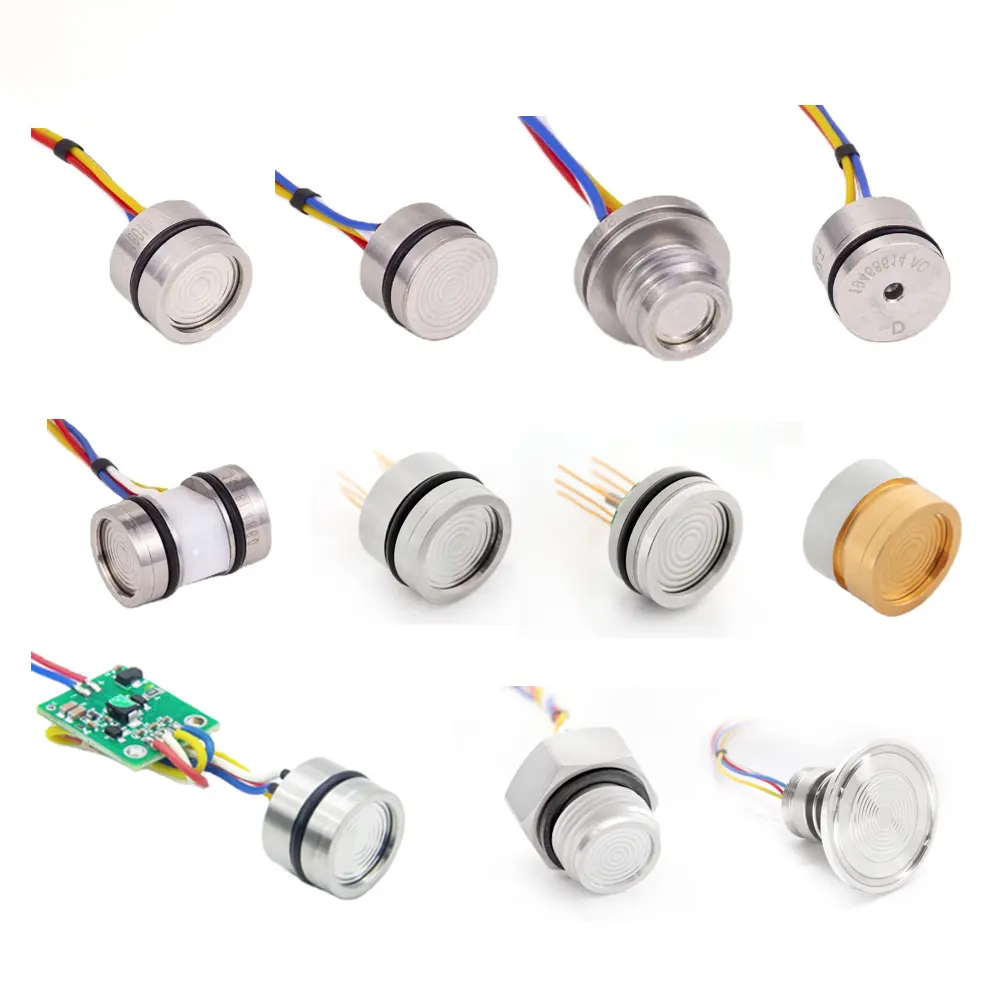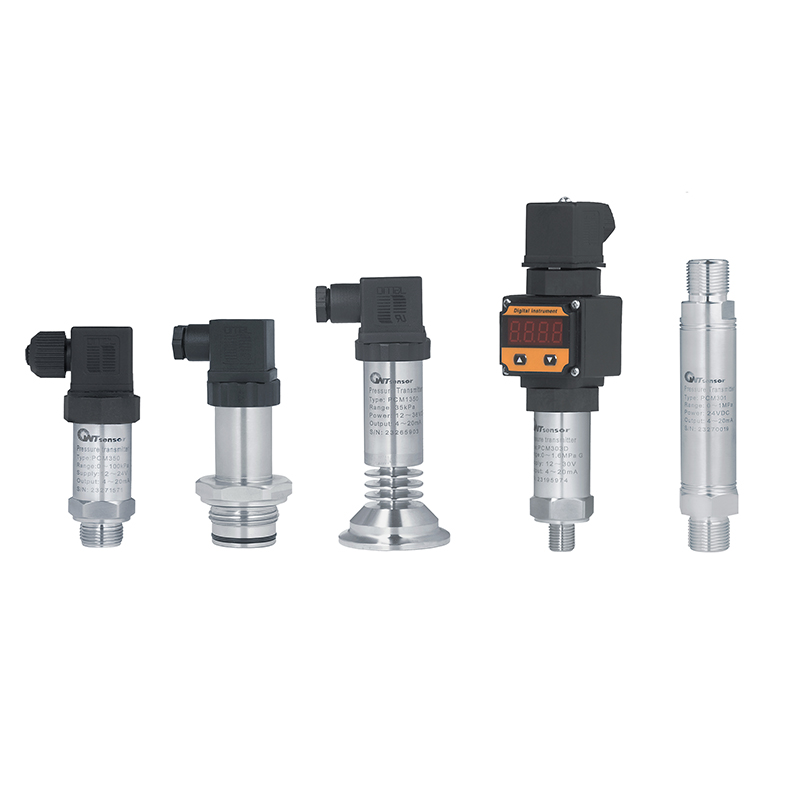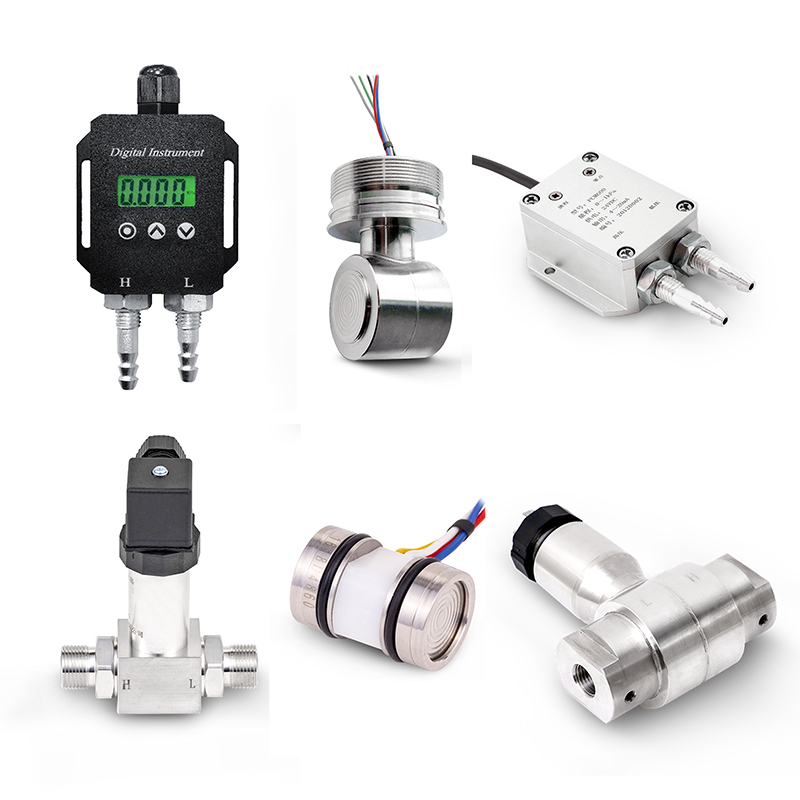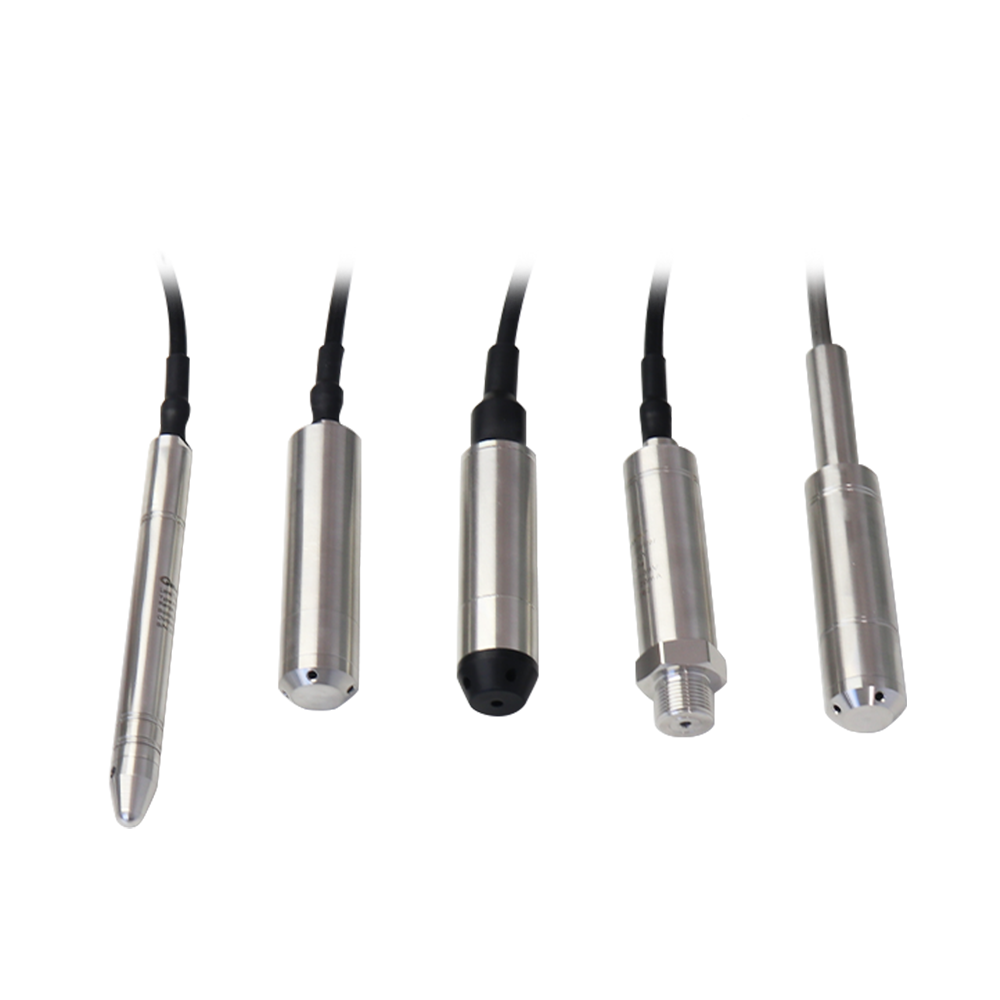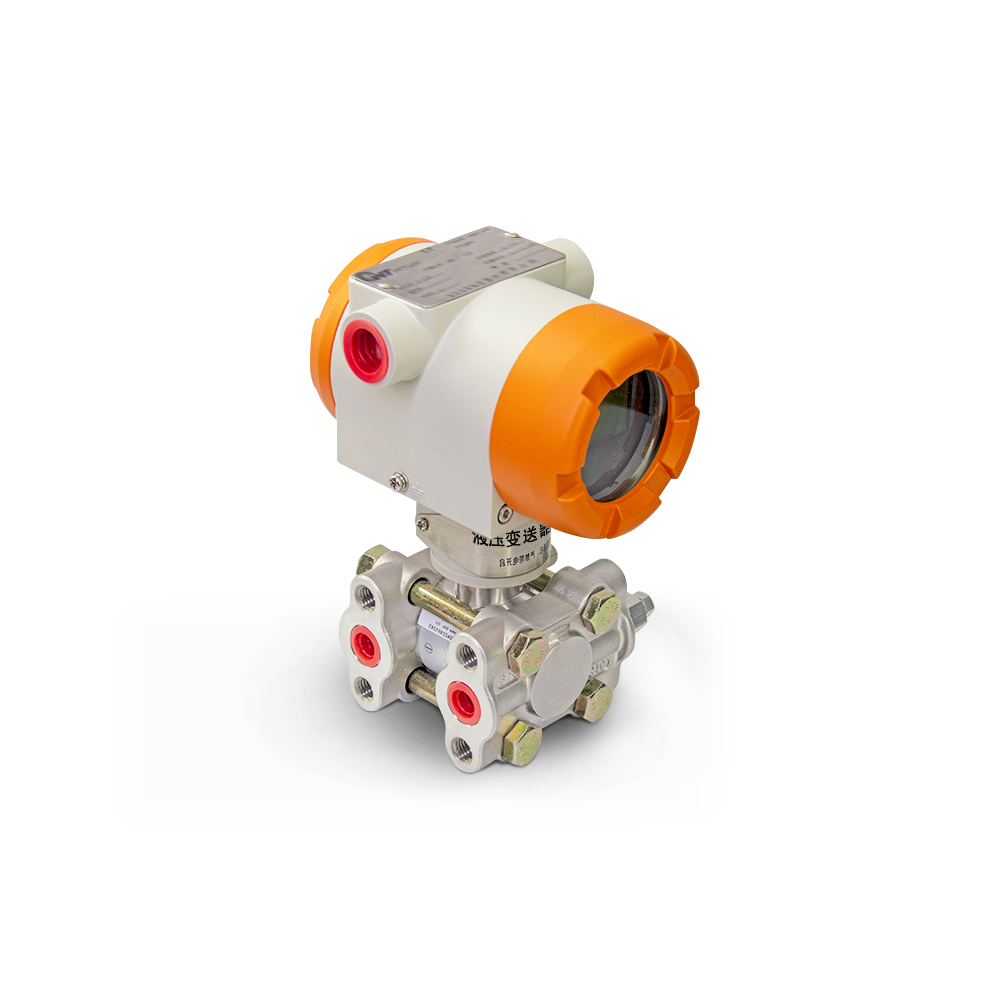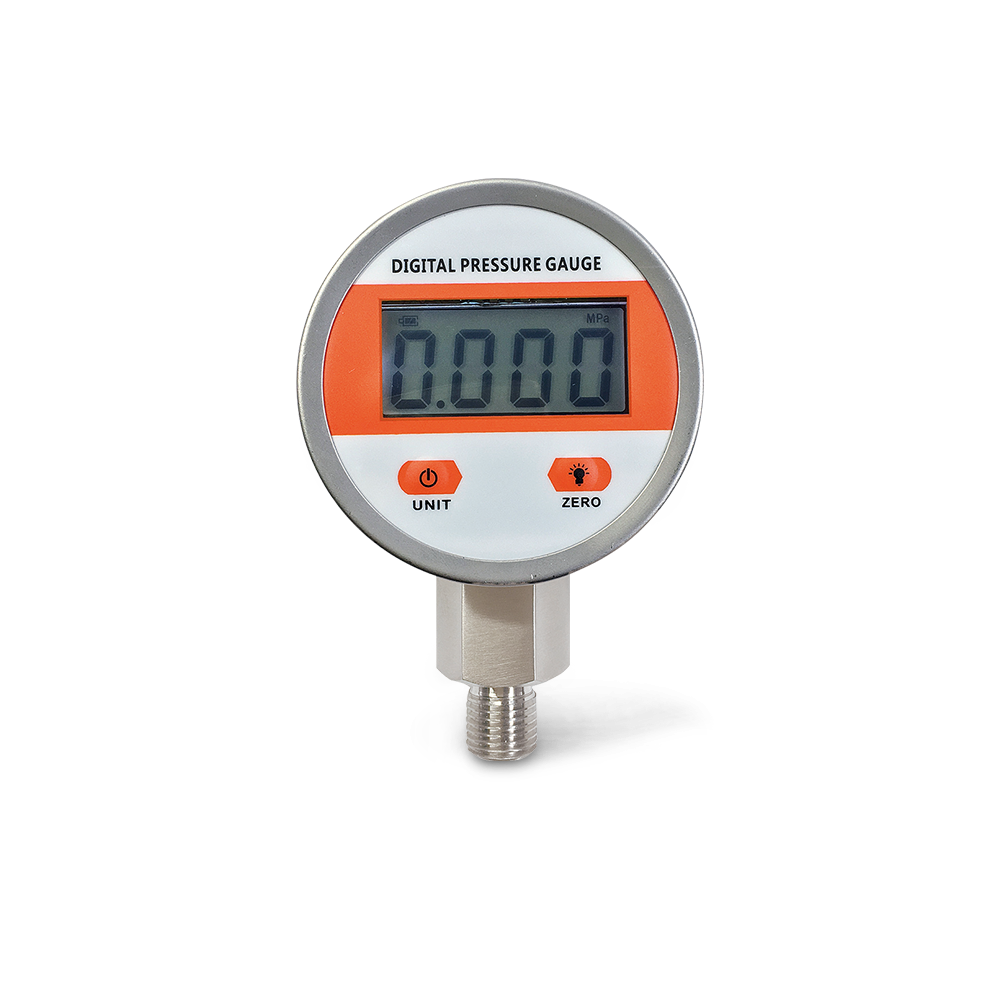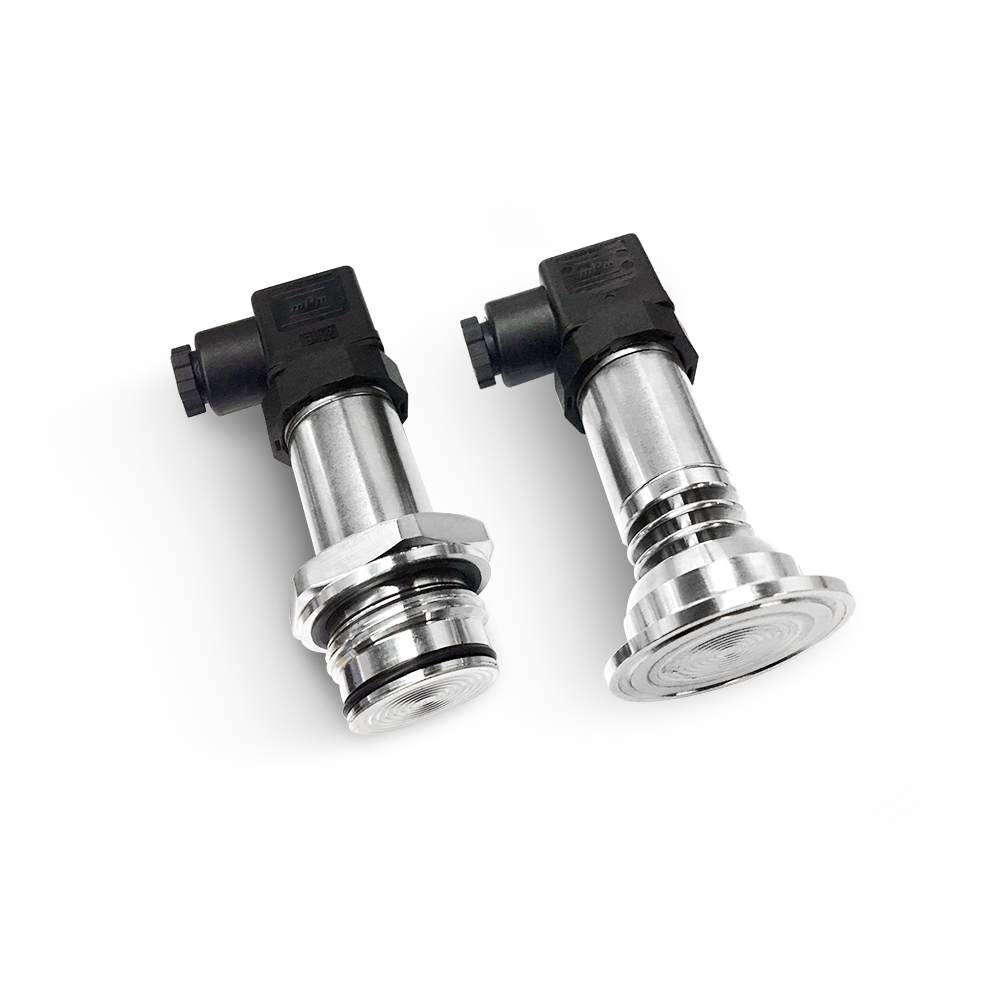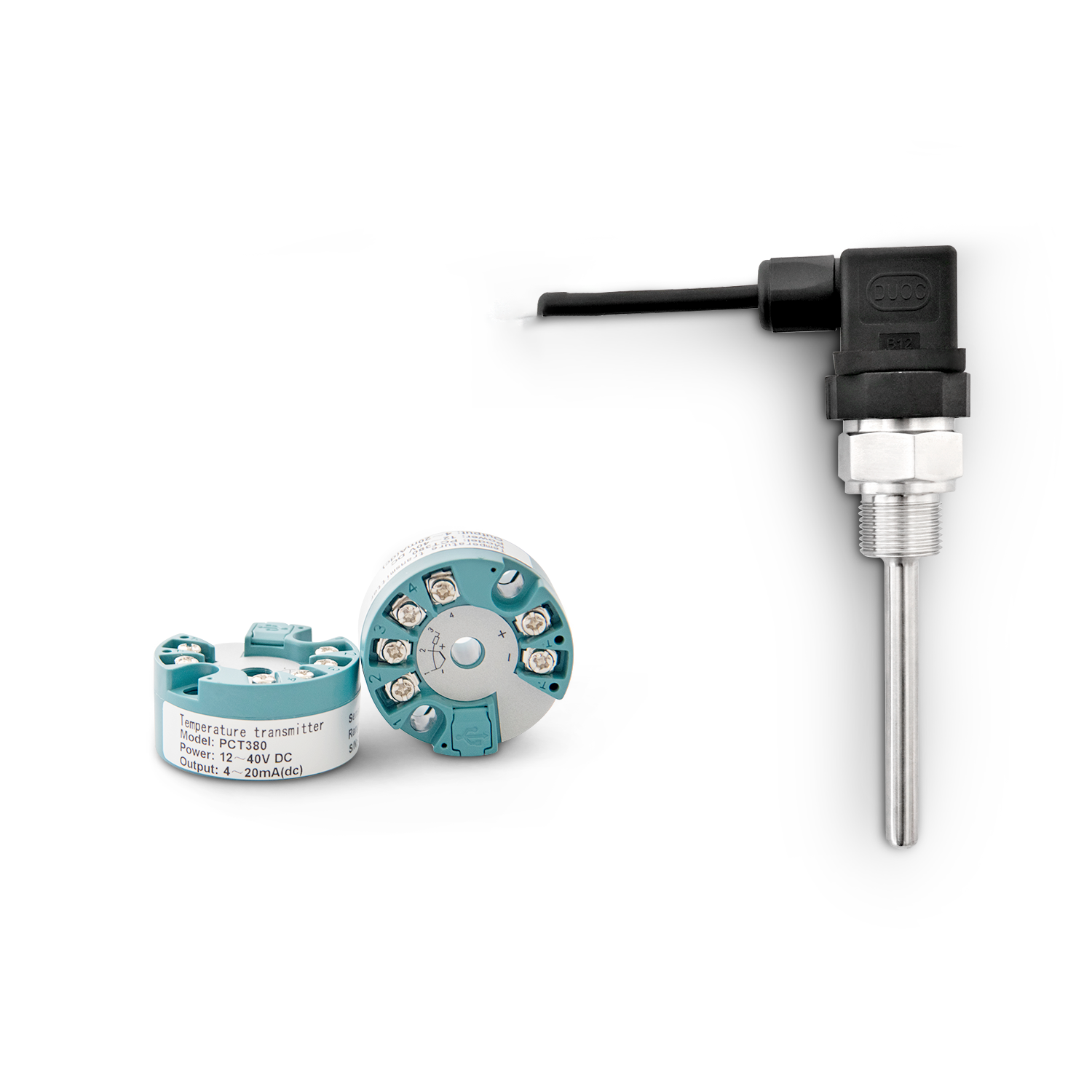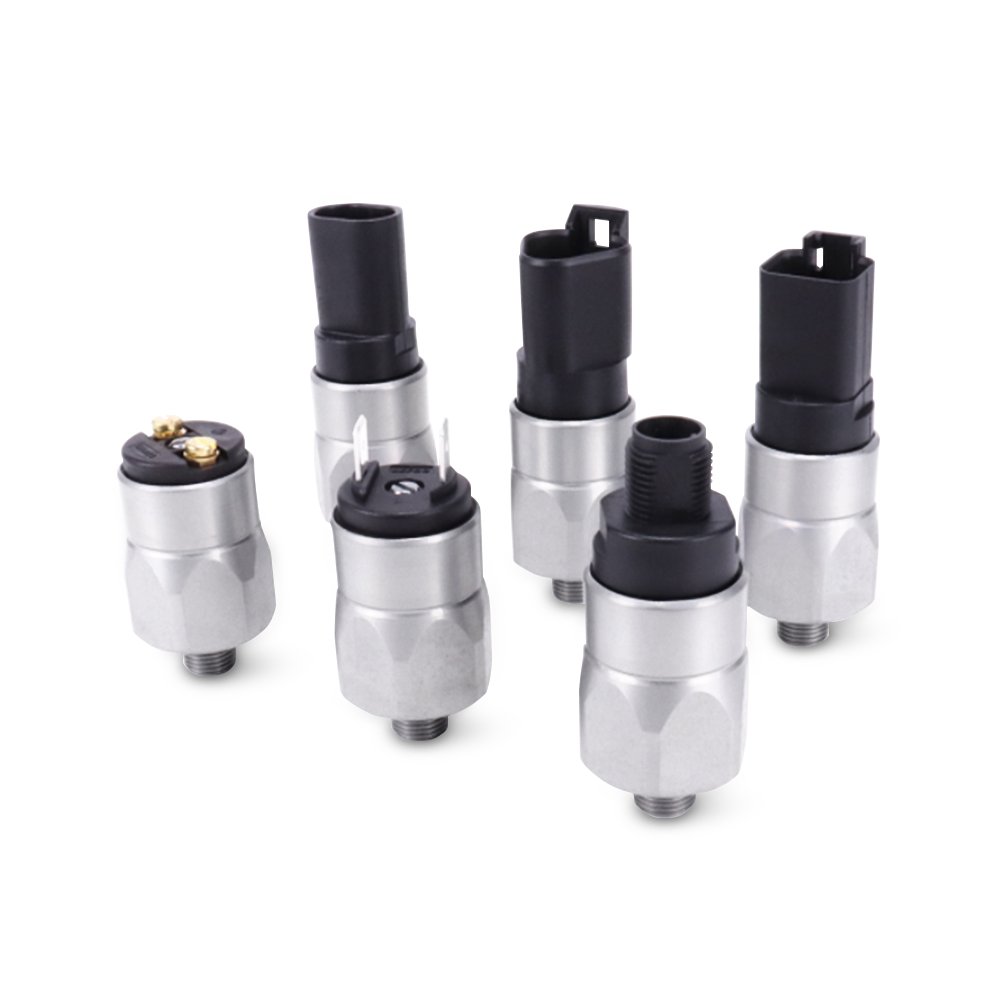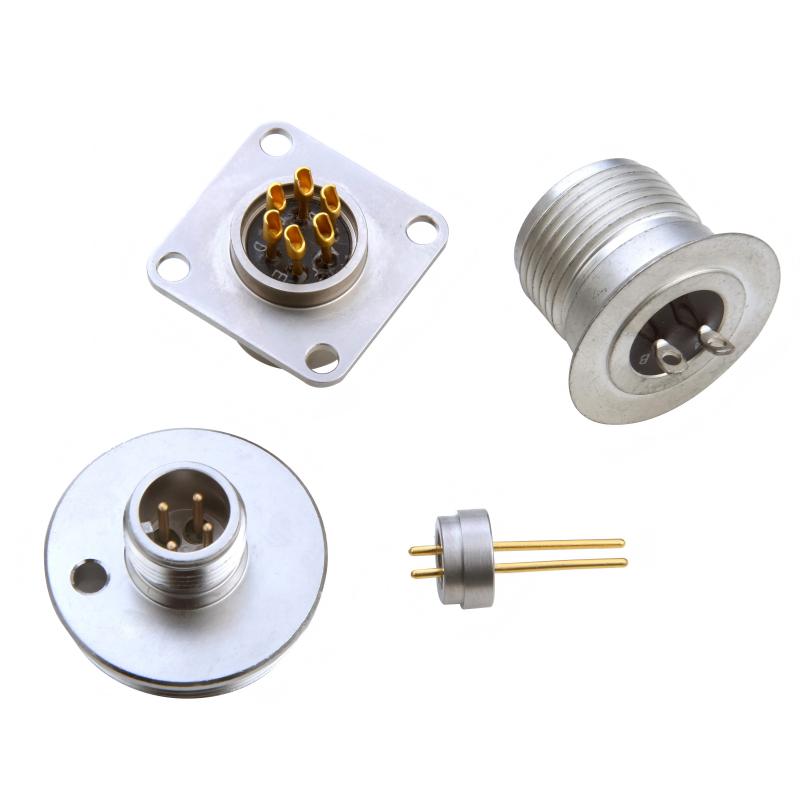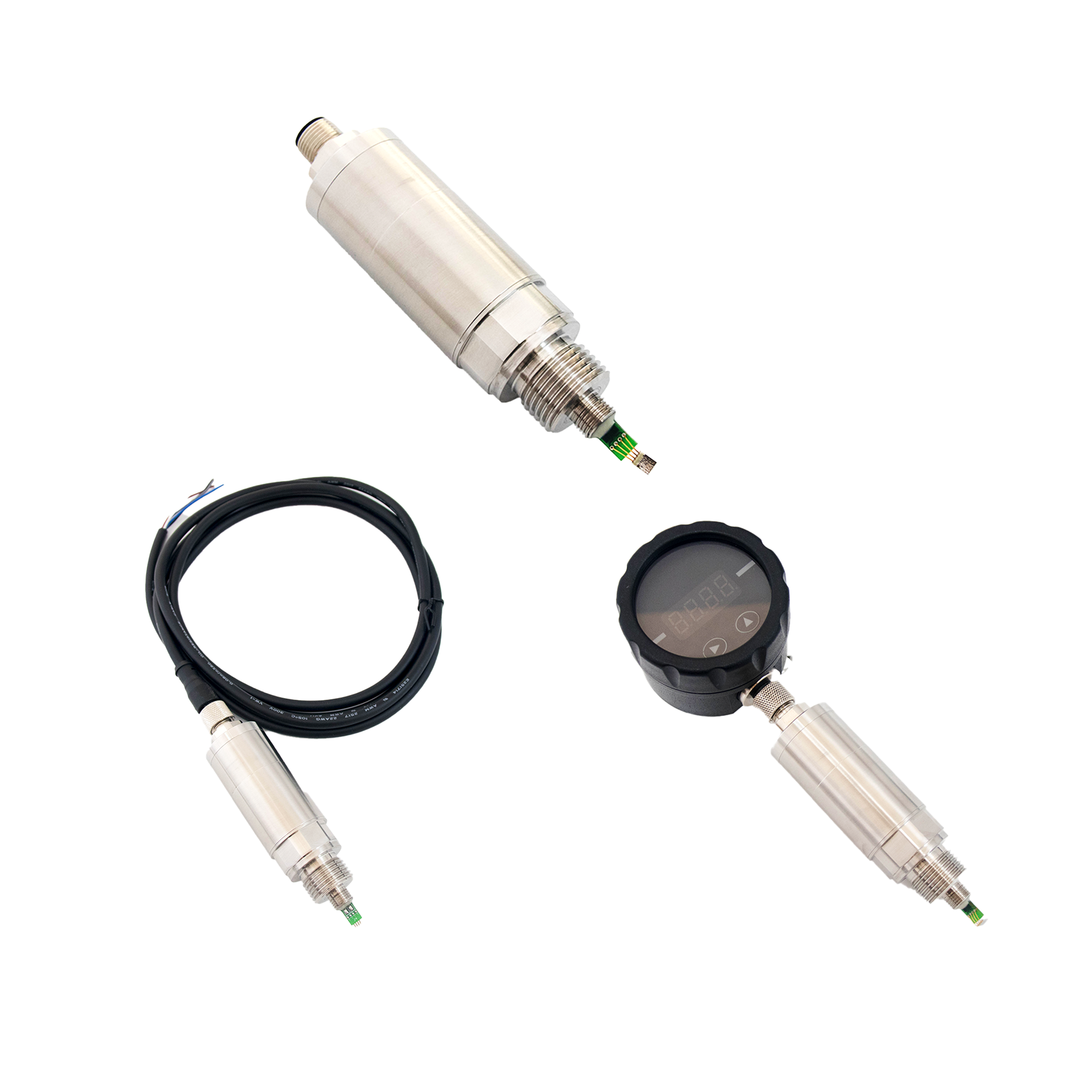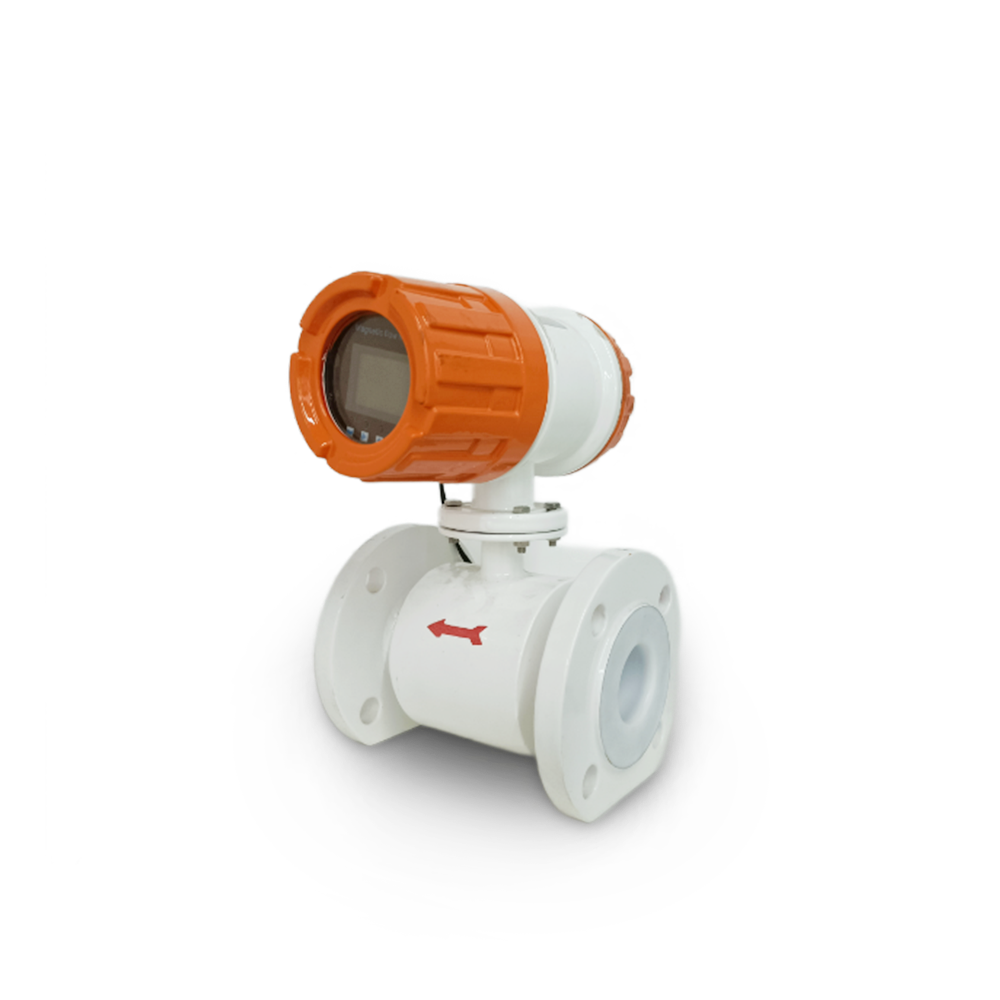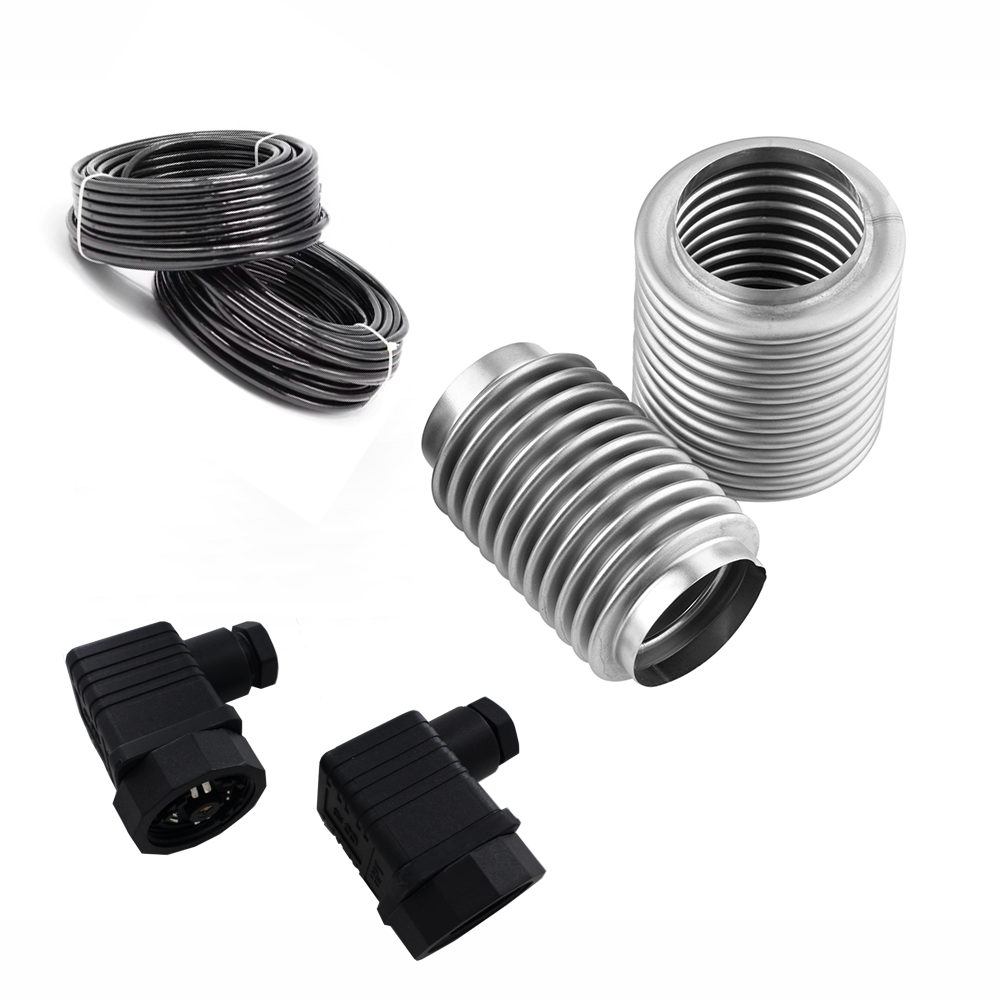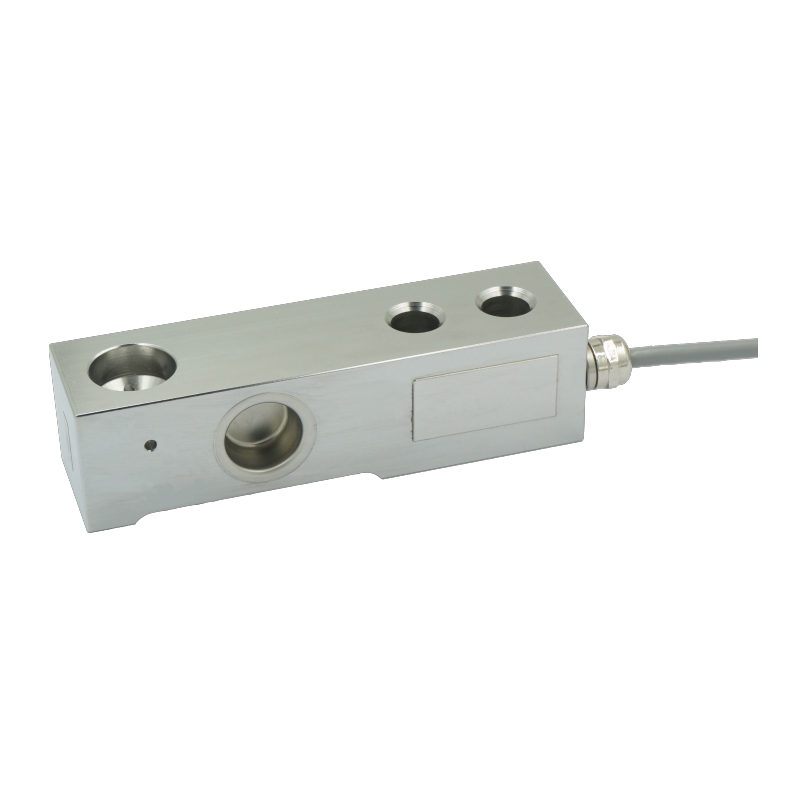Regarding flameproof transmitters, we need to understand
From: Issued date 2020.02.06 Back
Flameproof transmitter applications
Explosion-proof transmitters are suitable for installation in places with explosive gases, vapors, dust and fibers to protect the safety of operators and instruments. It is used to continuously measure the differential pressure, pressure, negative pressure, liquid level and flow of media such as vapor, gas, and liquid.
When the site contains corrosive gas and ferromagnetic dust, an explosion-proof transmitter should also be selected.
Explosion-proof mark and type
IEC explosion-proof standard format: Ex (ia) ⅡCT4
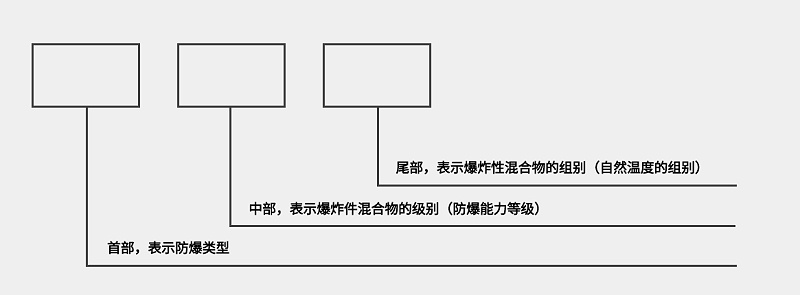
Explosion-proof grade
Explosion mark format description:
Scientifically classify the explosive hazardous medium of a factory or mining area according to its ignition energy, minimum ignition temperature, and the time period of the presence of explosive hazardous gases on site to determine the explosion-proof mark and explosion-proof form of the explosion-proof equipment on site.
Glossary:
IA rating: Electrical equipment that cannot ignite an explosive gas mixture during normal operation, one failure and two failures. In normal operation, the safety factor is 2.0; in the case of one fault, the safety factor is 1.5; in the case of two faults, the safety factor is 1.0.
Note: Contacts with sparks must be provided with flameproof enclosure, airtight enclosure or double the safety factor.
Class ib: Electrical equipment that cannot ignite explosive gas mixtures during normal operation and a failure. In normal operation, the safety factor is 2.0; in the case of a fault, the safety factor is 1.5. During normal operation, the sparked contacts must be protected by flameproof enclosures or airtight enclosures, and there are measures for self-display of faults. The safety factor is 1.0 in the event of a fault.
EExd: It means to wrap the explosion;
IIC: refers to the ignition energy uJ, 280,> 180,60 ... 80, <60; T6: refers to the temperature group, that is, the electrical equipment is divided into different temperature groups according to its maximum surface temperature. Gas temperature groups are divided by different ignition temperatures. T6 is 85 degrees.
Explosion-proof type
1. Explosion-proof type: When an explosion occurs inside the equipment, it will not cause an explosion of an external explosive mixture. It has been divided into six types: gap flameproof structure, thread flameproof structure, mesh flameproof structure, microporous flameproof structure, cushion flameproof structure, laminated flameproof structure and so on.
2. Appropriate safety type: Take appropriate measures (such as limiting temperature rise) to improve the safety of enclosed electrical equipment that does not generate sparks, arcs or dangerous temperatures during normal operation.
3.Ventilation, inflatable type: fresh air or inert gas that enters a certain positive pressure (> 20mmH20 pressure) into the equipment casing,
Avoid explosive mixtures from the environment entering the equipment.
4. Oil-filled type: immerse the charged part of the equipment in oil, so that it cannot point the explosive mixture on the upper surface of the fuel.
5. Safety spark type: In the circuit system, electric sparks that occur under any circumstances cannot cause the explosive mixture of the surrounding environment to explode.
6. Special type.

